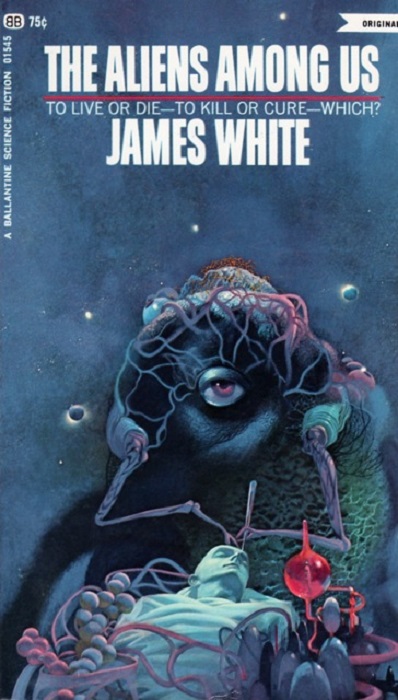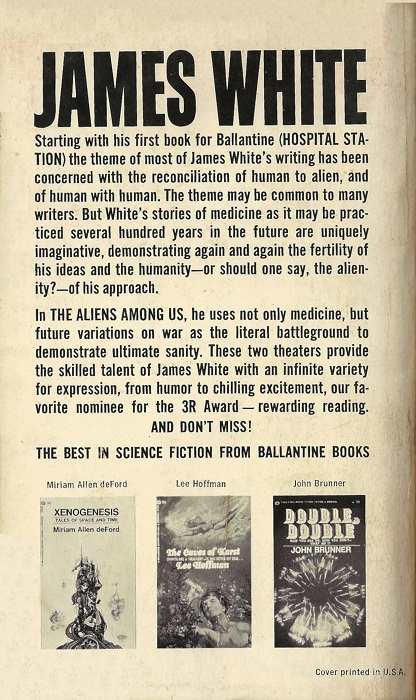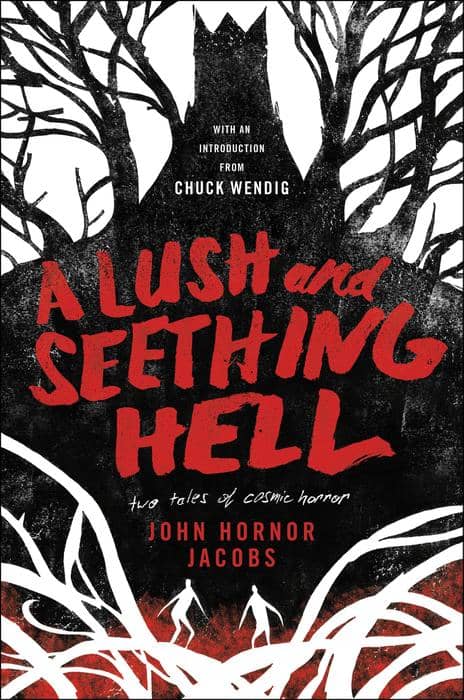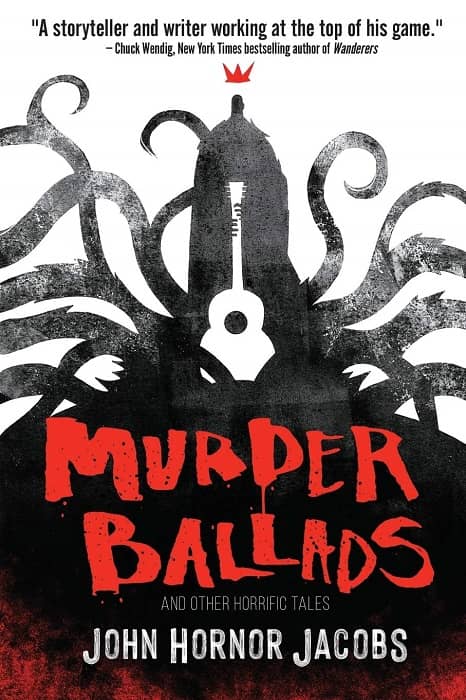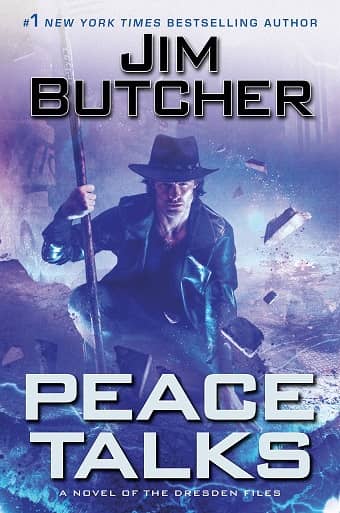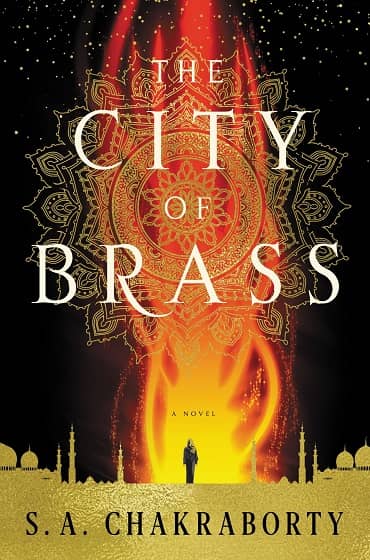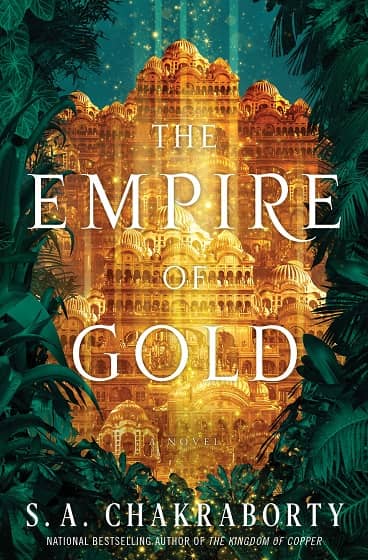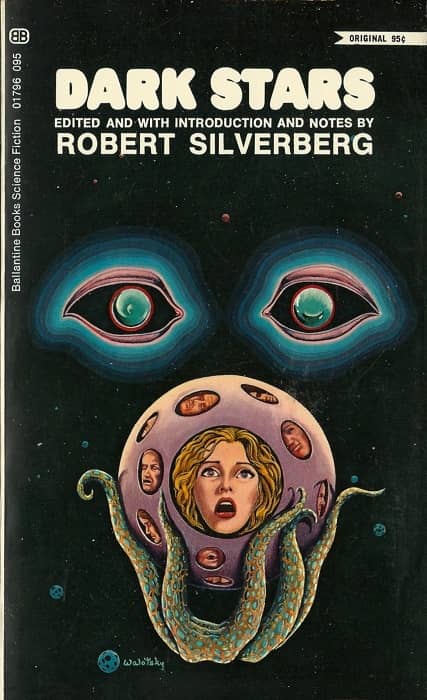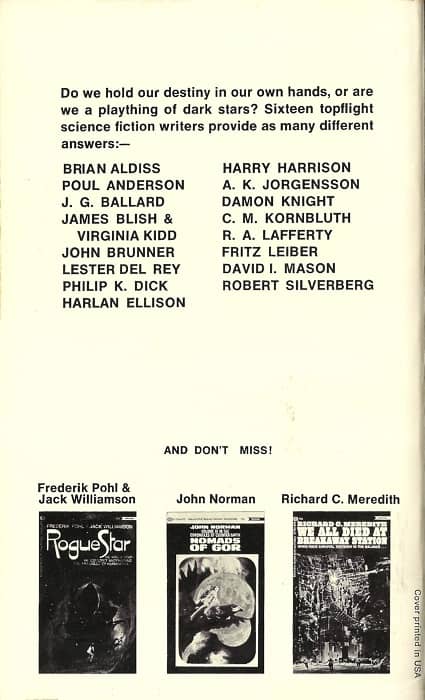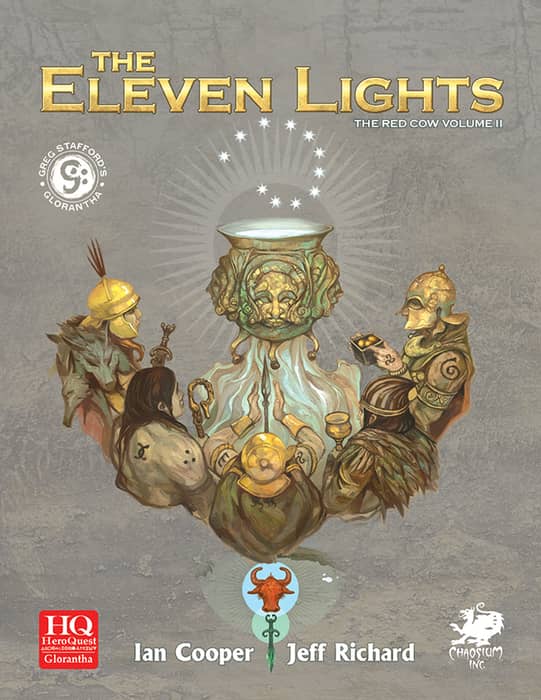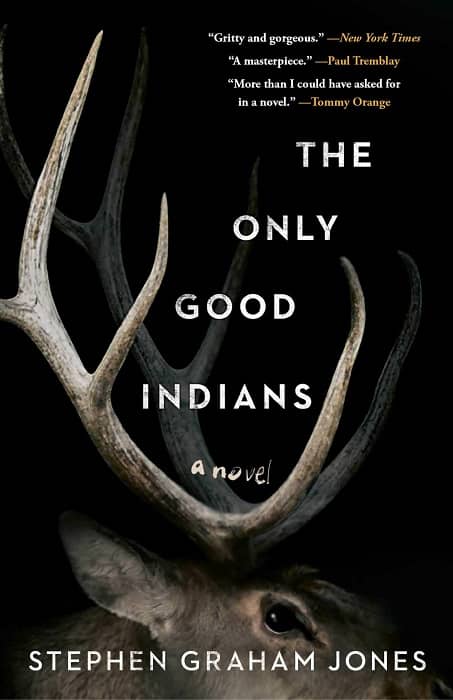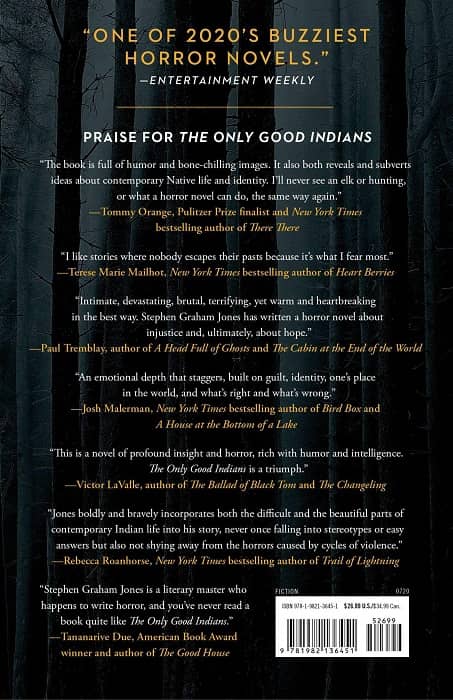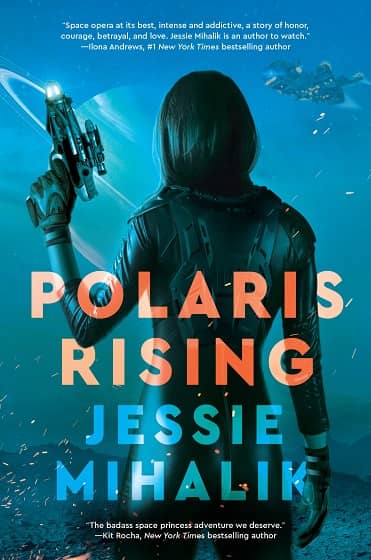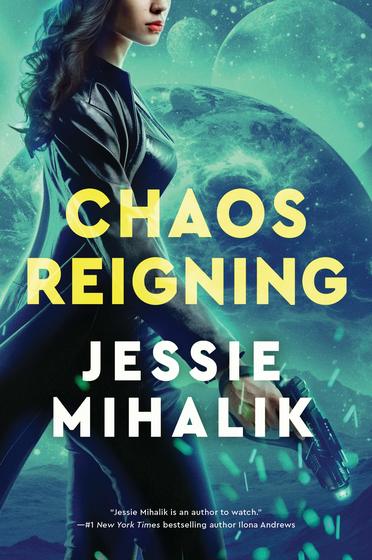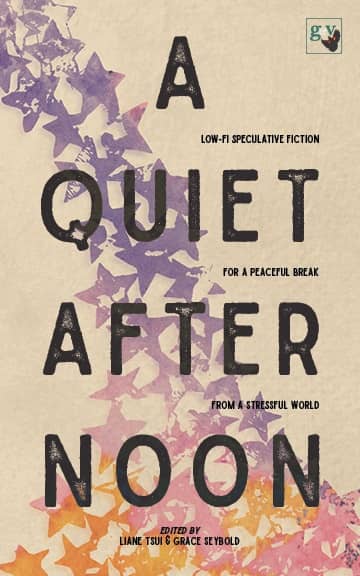James Davis Nicoll on Five Science Fiction & Fantasy Works Inspired by Role Playing Games
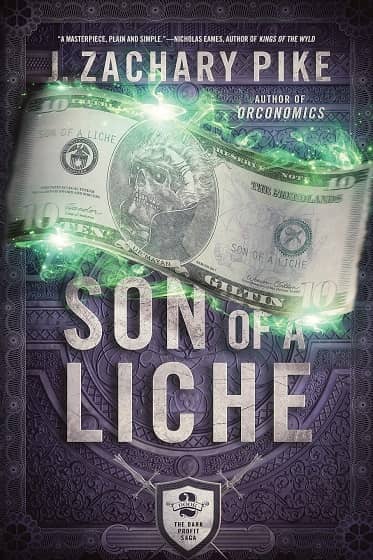 |
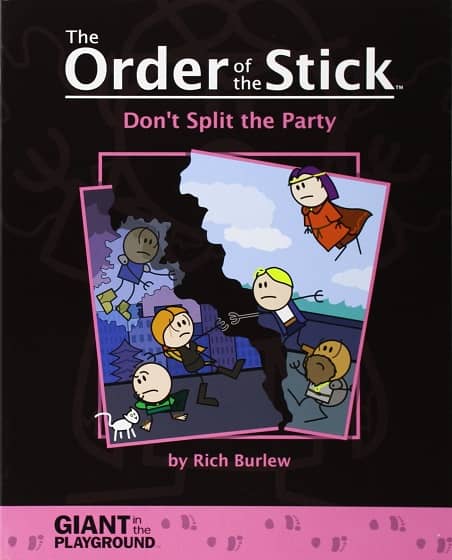 |
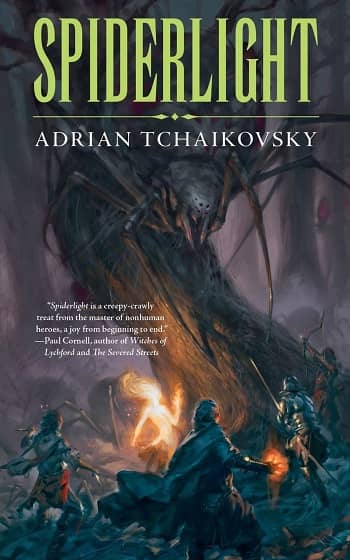 |
I enjoyed James Davis Nicoll’s recent posts here at Black Gate, Ten Classic Unplayed RPGs, and Ten WTF Moments from Classic RPGs. James and I were both introduced to role playing games in Canada in the late 70s, and he shares both my fascination and enduring sense of wonder with the early games of that era.
James maintains his own site, jamesdavisnicoll.com, one of the better SF book blogs. (This month he’s reviewed Roger Zelazny’s 1969 minor classic Creatures of Light and Darkness, David Gerrold’s A Matter for Men from 1983, and Silvia Moreno-Garcia’s just released Mexican Gothic, about a perfect blend of old and new in my book.) But what I want to highlight today is his regular column at Tor.com, and in particular his June 10 article “Five SFF Works Inspired by RPGs.” Mostly because it showcases one of the greatest webcomics ever created, Rich Burlew’s brilliant Order of the Stick.
Of course, the standard by which RPG-themed satire is judged is Rich Burlew’s long-running Order of the Stick (2003 to present). What began as a gag-a-strip stick-figure webcomic mocking the quirks of 3rd and 3.5th edition D&D quickly grew into something more. Sane Man fighter Roy Greenhilt has assembled a ragtag gang of eccentric colleagues and set out to defeat the evil lich Xykon. Seventeen years later, the lich is still… uh, “alive” may be the wrong word… active.
What began as a simple plan to find and kill an undead being of unparalleled power and evil has spiralled into an epic tale featuring grand sieges, true love, tragic death, character growth, and increasingly alarming revelations about the likely fate of this world. It’s an impressive work. There are reports that a conclusion looms, so this would be a good time to catch up on the archive. Note that print collections are available.
The article also discusses J. Zachary Pike’s Dark Profit Saga, Meg Syverud & Jessica “Yoko” Weaver’s webcomic Daughter of the Lilies, Adrian Tchaikovsky’s 2016 novel Spiderlight, and Phil Kahn and T Campbell’s long-running webcomic Guilded Age. Read the whole thing here.
